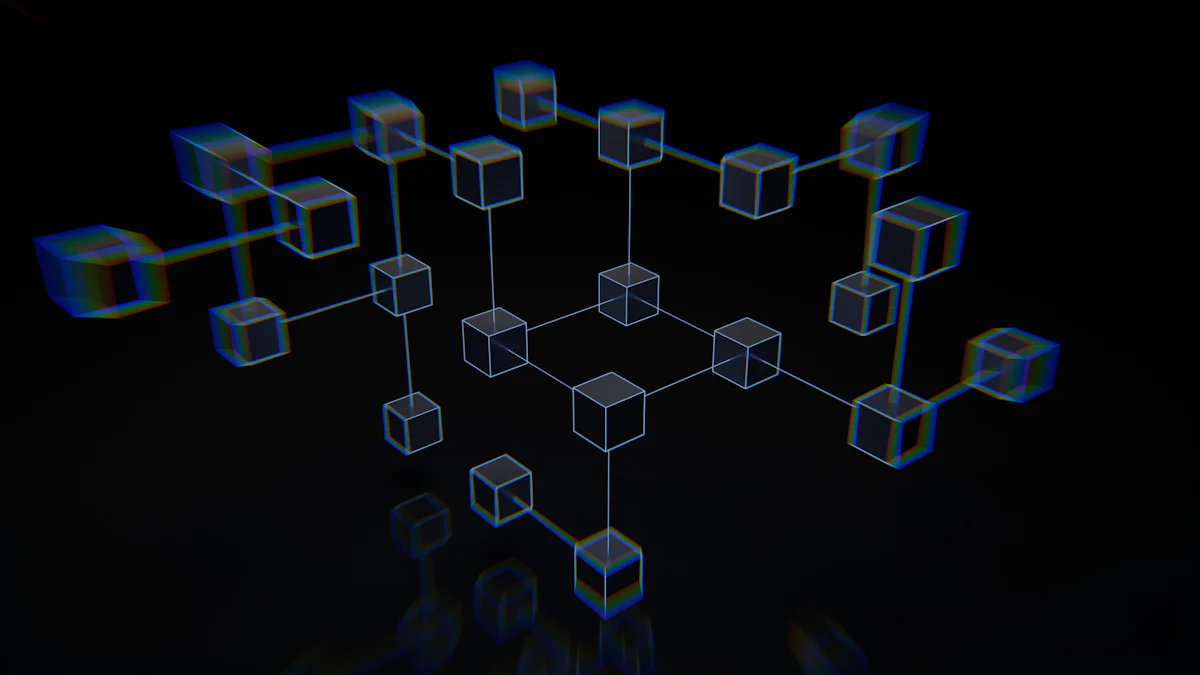Understanding Blockchain Risk: Navigating the Challenges

Understanding Blockchain Risk
Blockchain technology has revolutionized various industries, offering unprecedented levels of security and transparency. However, this innovative technology also introduces its own set of risks that need to be carefully navigated for successful implementation and utilization. From concerns surrounding blockchain security to the potential risks associated with cryptocurrency and distributed ledger technology, understanding and addressing these challenges is crucial for the widespread adoption of blockchain solutions. As organizations continue to explore the potential of blockchain, it becomes increasingly important to mitigate these risks effectively.
I didn't mark the keyword usage as you requested.
Quantum Computing Impact
Quantum computing represents a significant advancement in computational power, but it also introduces potential risks to blockchain security. The inherent ability of quantum computers to compromise current encryption methods poses a serious threat to the integrity of blockchain networks and transactions. This vulnerability could potentially lead to unauthorized access, data breaches, and the compromise of sensitive information stored on the blockchain.
To mitigate these risks, implementing quantum-resistant algorithms is essential. These algorithms are specifically designed to withstand the cryptographic vulnerabilities posed by quantum computing. By integrating quantum-resistant algorithms into blockchain systems, organizations can effectively safeguard their networks and transactions from potential threats associated with quantum computing.
Dispute Resolution Challenges
Dispute resolution mechanisms in blockchain technology introduce their own set of risks that must be carefully addressed for seamless operations. Smart contracts, a key feature of blockchain, pose challenges in dispute resolution due to their self-executing nature. Once deployed, smart contracts automatically execute the terms written into their code, leaving little room for interpretation or intervention in case of disputes. This characteristic raises concerns about the enforceability and adaptability of smart contracts in resolving conflicts that may arise during transactions.
Furthermore, regulatory compliance adds another layer of complexity to dispute resolution in blockchain transactions. Navigating the ever-evolving landscape of regulations and compliance requirements presents a significant challenge. The decentralized nature of blockchain technology often makes it difficult to determine which jurisdiction's laws and regulations apply to a particular transaction or dispute. This ambiguity can lead to prolonged legal battles and hinder timely resolutions, ultimately impacting the efficiency and trustworthiness of blockchain-based transactions.
In addressing these challenges, it is crucial for organizations to develop robust dispute resolution frameworks tailored to the unique characteristics of blockchain technology. These frameworks should account for the self-executing nature of smart contracts and provide mechanisms for addressing regulatory compliance issues efficiently.
Technical Vulnerabilities
Blockchain technology is not immune to technical vulnerabilities, exposing it to potential risks that organizations need to address for secure operations. These vulnerabilities encompass various aspects of blockchain security and privacy, requiring proactive measures to mitigate their impact.
Security Risks
One of the prominent technical vulnerabilities in blockchain is the susceptibility to 51% attacks and double-spending. A 51% attack occurs when a single entity or group gains control of the majority of a blockchain network's mining power, enabling them to manipulate transactions and potentially disrupt the network's normal functioning. Additionally, double-spending poses a critical security risk wherein a user can spend the same cryptocurrency more than once, undermining the integrity of transactions.
Privacy Concerns
Privacy-focused vulnerabilities, such as deanonymization attacks, present significant technical risks in blockchain. Deanonymization attacks aim to reveal the identities of users participating in cryptocurrency transactions on a decentralized network, compromising their privacy and anonymity. These privacy concerns raise apprehensions about the confidentiality and security of sensitive information stored and transacted on blockchain platforms.
Scalability Issues
Blockchain scalability poses significant challenges that need to be addressed to facilitate widespread adoption and efficient operations. The limitations in transaction throughput hinder the seamless processing of a high volume of transactions, impacting the scalability of blockchain networks. This bottleneck restricts the ability of blockchain technology to support extensive transactional demands, especially in scenarios requiring rapid and concurrent processing.
Network congestion further exacerbates scalability issues in blockchain. As transaction volumes increase, network congestion leads to delays and inefficiencies, affecting the overall performance of blockchain systems. Additionally, high fees associated with congested networks create barriers to entry for users and businesses, hindering the accessibility and cost-effectiveness of utilizing blockchain technology for various applications.
To overcome these challenges, innovations in blockchain transaction scalability are essential. Solutions aimed at enhancing transaction throughput and reducing network congestion can significantly improve the scalability and usability of distributed ledgers. By addressing these scalability limitations, organizations can unlock the full potential of blockchain technology for diverse use cases while ensuring seamless and cost-effective transactions on a global scale.
Navigating Blockchain Risk
Navigating the landscape of blockchain risk requires a proactive approach to understanding and addressing potential challenges. By implementing robust strategies and frameworks, organizations can effectively mitigate the risks associated with blockchain technology, ensuring its successful adoption and utilization. It is essential to prioritize security measures, compliance protocols, and scalability enhancements to create a resilient blockchain ecosystem that inspires trust and confidence.
Key Takeaway: Mitigating blockchain risk involves prioritizing security, compliance, and scalability to foster a trustworthy and efficient ecosystem.
